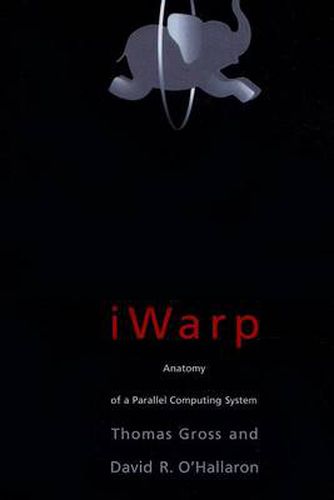Readings Newsletter
Become a Readings Member to make your shopping experience even easier.
Sign in or sign up for free!
You’re not far away from qualifying for FREE standard shipping within Australia
You’ve qualified for FREE standard shipping within Australia
The cart is loading…






This book describes the complete iWarp system, from instruction-level parallelism to final parallel applications. The authors present a range of issues that must be considered to get a real system into practice.foreword by Gordon Bell and afterword by H.T. Kung Although researchers have proposed many mechanisms and theories for parallel systems, only a few have actually resulted in working computing platforms. The iWarp is an experimental parallel system that was designed and built jointly by Carnegie Mellon University and Intel Corporation. The system is based on the idea of integrating a VLIW processor and a sophisticated fine-grained communication system on a single chip. This book describes the complete iWarp system, from instruction-level parallelism to final parallel applications. The authors present a range of issues that must be considered to get a real system into practice. They also provide a start-to-finish history of the project, including what was done right and what was done wrong, that will be of interest to anyone who studies or builds computer systems.
$9.00 standard shipping within Australia
FREE standard shipping within Australia for orders over $100.00
Express & International shipping calculated at checkout
This book describes the complete iWarp system, from instruction-level parallelism to final parallel applications. The authors present a range of issues that must be considered to get a real system into practice.foreword by Gordon Bell and afterword by H.T. Kung Although researchers have proposed many mechanisms and theories for parallel systems, only a few have actually resulted in working computing platforms. The iWarp is an experimental parallel system that was designed and built jointly by Carnegie Mellon University and Intel Corporation. The system is based on the idea of integrating a VLIW processor and a sophisticated fine-grained communication system on a single chip. This book describes the complete iWarp system, from instruction-level parallelism to final parallel applications. The authors present a range of issues that must be considered to get a real system into practice. They also provide a start-to-finish history of the project, including what was done right and what was done wrong, that will be of interest to anyone who studies or builds computer systems.